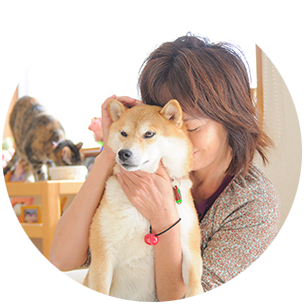The History of Doge: From Humble Shiba to Meme Legend
Hardly a day goes by online that you won’t find yourself encountering “Doge” in some form or fashion. Whether it be a simple meme, discussion about the Dogecoin cryptocurrency or even just a picture of a Shiba Inu, the legendary Doge is arguably the most famous meme of all time.
So, how did this humble misspelling of “dog” associated with the Shiba Inu breed become one of the most viral pieces of internet culture? The tale of Doge began in summer 2005 when it was mentioned in an episode of “Homestar Runner’s” puppet show. In the episode titled “Biz Cas Fri 1,” Homestar calls Strong Bad his “d-o-g-e” while trying to distract him from his work, marking the earliest known use of the slang term before it became attached to Shibas.
About five years later, “Doge” would become forever cemented as one of the most beloved meme characters of all internet history when Japanese kindergarten teacher Atsuko Sato posted several photos of her rescue-adopted Shiba Inu, named Kabosu, to her personal blog in early 2010. Unbeknownst to her, one of these seemingly insignificant photographs of Kabosu, with her head slightly turned to the side, legs crossed and a slight smirk, would soon transcend into the halls of internet meme mythos.
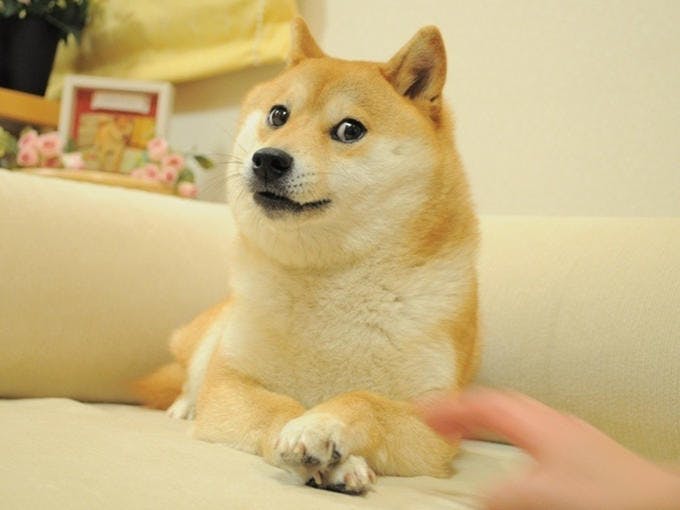
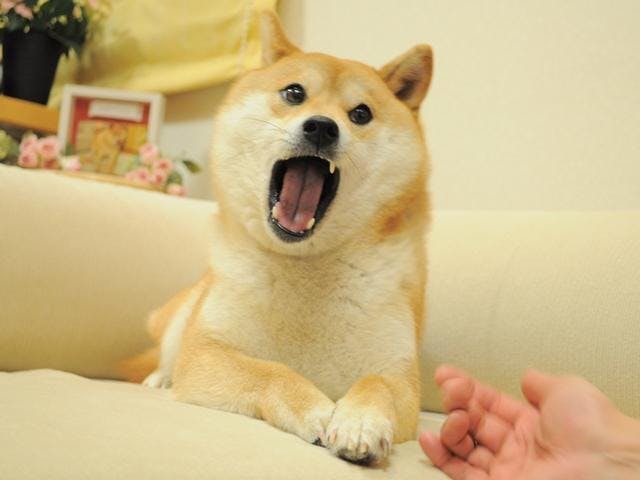
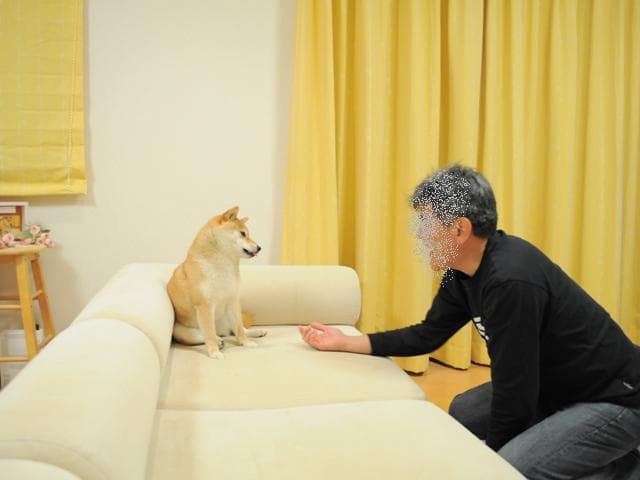
“I took the photos to update my blog,” Sato said. “I take a lot of pictures every day, so that day was nothing out of the ordinary. Kabosu loves having her photo taken, so she was delighted to have the camera pointed towards her.”
After being shared to her personal blog, a Redditor stumbled across the images several months later and posted the first Doge meme featuring Kabosu to the site alongside the title “Doge,” giving birth to a new meme trend that would persist over the last decade.
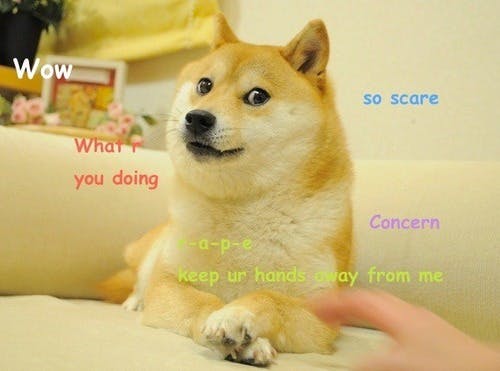
“A friend found it on an online news site and told me about it,” Sato said. “When I first found out about the Kabosu memes, I was very surprised. I was terrified at the thought that just one photo I had casually posted on my blog could spread all over the world to places I didn’t know.”
Initially using Sato’s photographs of Kabosu, Doge memes continually evolved over the course of the early 2010s, perhaps best known for the internal monologue captions in Comic Sans font that were pioneered by precursor memes like LOLCats. Doge then spread from Reddit and Tumblr in the following years to other platforms such as 4chan, YouTube and more, even becoming a hidden Easter egg on YouTube in late 2013.
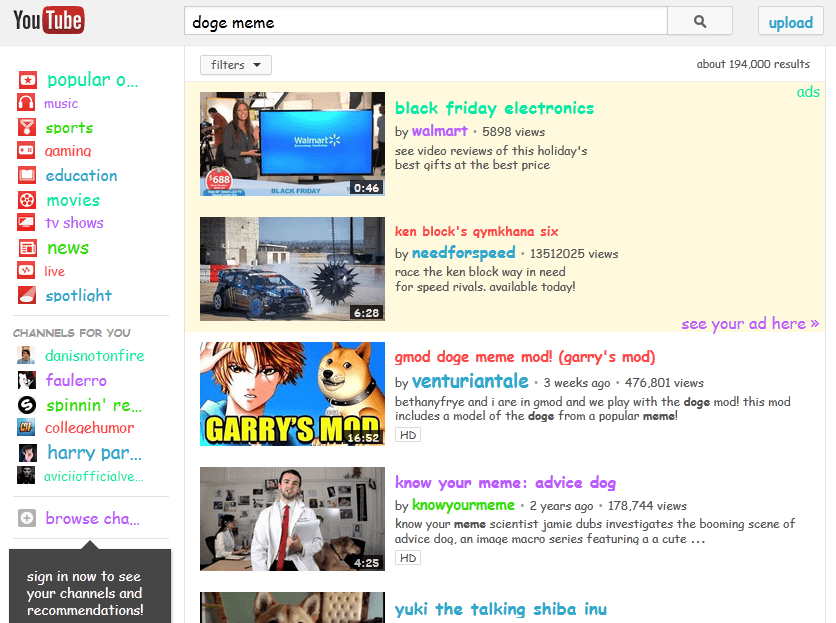
Near the end of 2013, Doge entered the budding world of cryptocurrencies with the advent of Dogecoin — an alternative cryptocurrency emblazoned with the face of Kabosu based on the meme as a satire of the Bitcoin boom. Similar to other forms of crypto, Dogecoin can be mined and exchanged for goods and services, which remains a well-known altcoin even today.
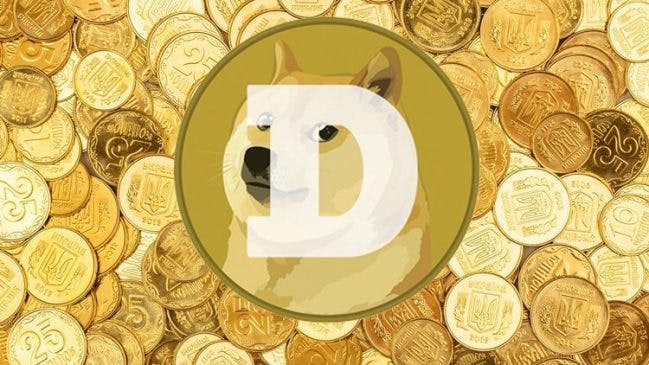
While never among the most popular or valuable cryptocurrencies, Dogecoin has had a storied history, particularly in 2021, as thousands of supporters rallied around it to send it “to the moon” thanks to high-profile backers like the “Dogefather” himself — Elon Musk. Recently, Doge and its associated cryptocurrency were even featured on SNL alongside Musk.
The prevalence of Doge memes waned slightly during the mid-2010s as with nearly all memes that circulated heavily, but even so, the legacy of Doge and Kabosu wasn’t over yet.
During 2016 and 2017, Doge saw a rebirth in meme culture through the trend of ironic Doge memes, which were popularized on iFunny and Facebook before exploding on Reddit. Unlike their more “wholesome” precursors, ironic Doge memes feature the character in strange or surreal circumstances, typically via image macros and photoshopped variants of the original meme, as well as elements of dark or absurdist humor.
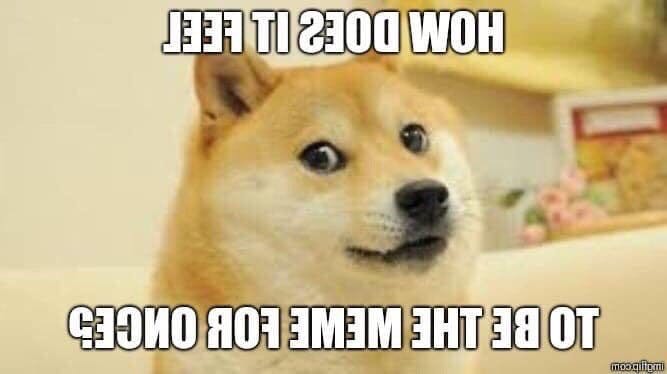
Such ironic memes have continued to remain popular since their introduction, giving life to communities like Reddit’s /r/DogeLore, which now boasts more than 300,000 members. Here, Doge has been given a new lease on meme life with an entire cast of characters based on the original picture of Kabosu, perhaps none more prominent than fellow Shiba Inu Cheems.
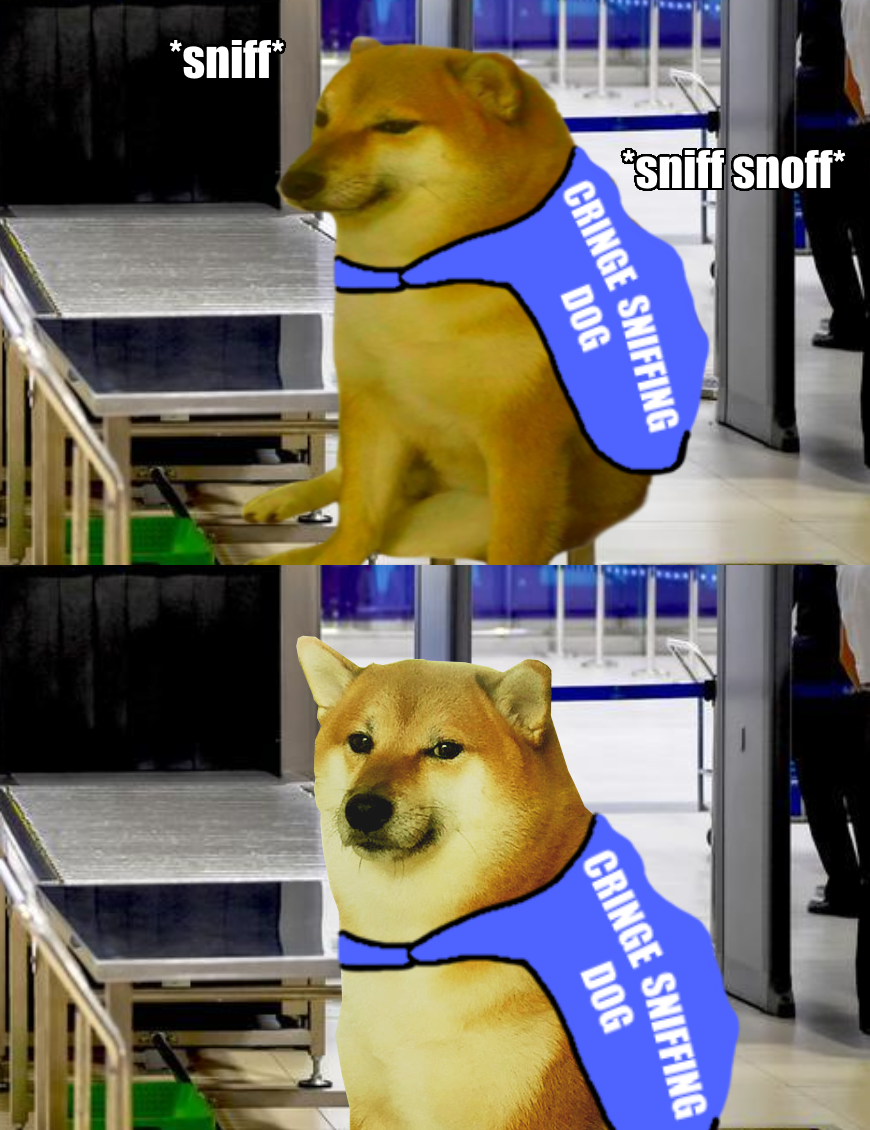
This trend of an older meme reappearing in ironic edits post-peak popularity is not uncommon, but unlike others that usually poke fun at the meme for once being beloved, ironic Doge memes became a rare case of cringe humor that only made Doge more versatile and hilarious than before. Thanks to this chapter of Doge’s story, the character ended the 2010s as a vehicle for some of the most creative memes around the web nearly a decade after its prime.
On Know Your Meme’s “Meme of the Decade” poll for the top 50 memes of the 2010s, thousands of participants ultimately chose Doge as the winner, beating out other notable icons such as Pepe the Frog, Robbie Rotten and Hide the Pain Harold, with nearly a quarter of the total votes cast.
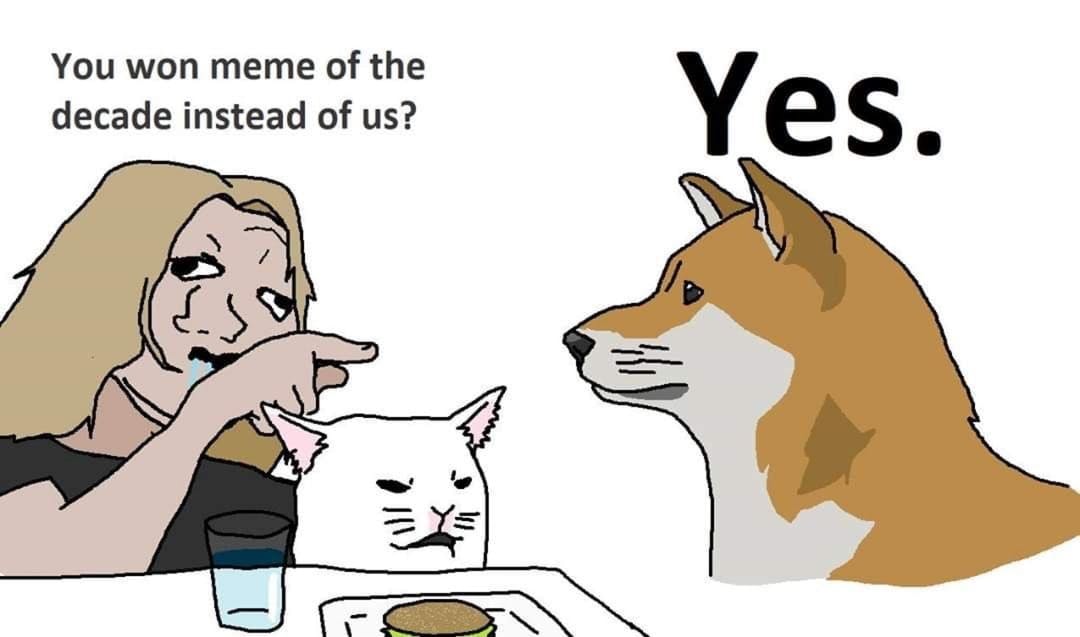
Throughout all of this extensive internet history, Doge has never completely fallen out of favor with memers and the internet at large, proving the meme’s unmatched staying power. By continuously being adapted and remixed into new trends, Doge remains one of the few classic memes that have stood the test of time.
About this legacy, Atsuko Sato said she hopes Kabosu and Doge will continue to bring happiness and joy to people around the world for years to come.
~ Written and prepared by Know Your Meme
